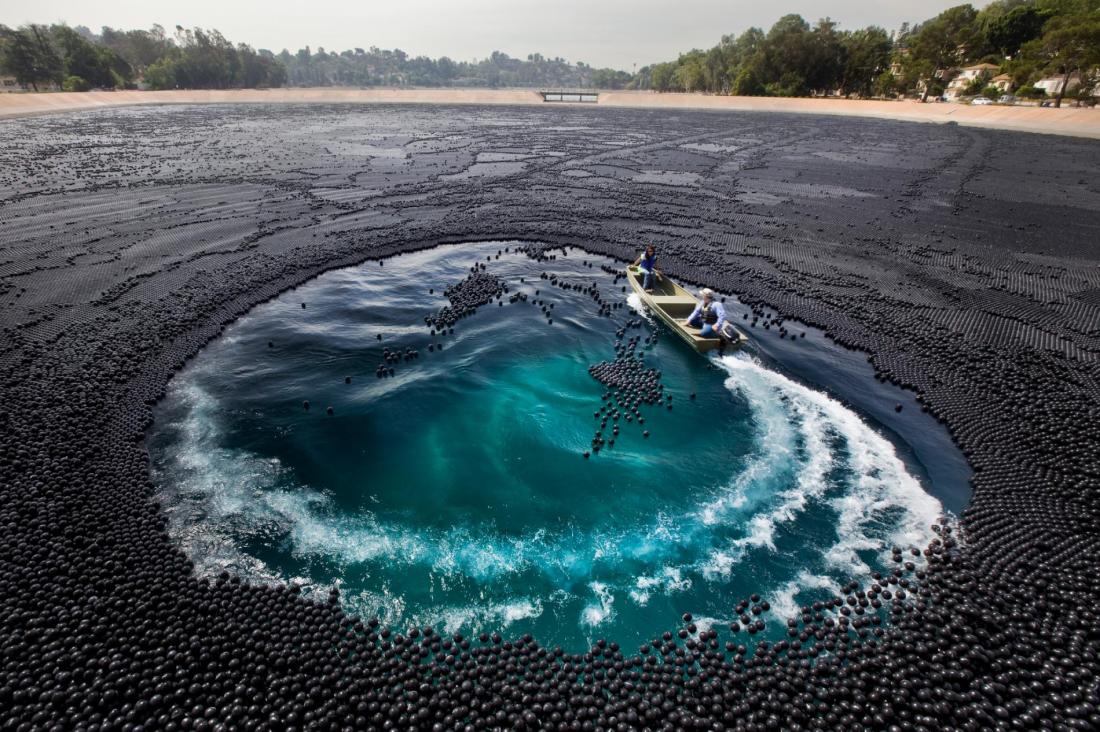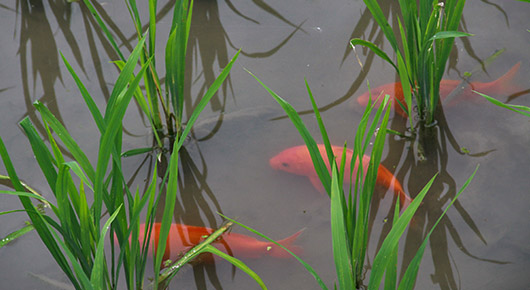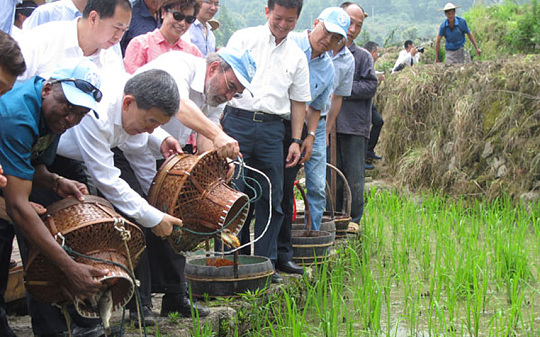Did you know that the average Australian uses approximately 340 litres of water per day? That may not seem like a lot of water to you. The problem is that it’s not just 340 litres per day, if we include the water used for manufacturing and food growth of items that we use and eat on a day to day basis, suddenly our water usage goes up to 6300 litres per day. Now have I got your attention?
So here comes the truth, unfortunately our worlds water usage has been completely abused, and we have no one to blame but ourselves. Fresh water only makes up about 2.5% of the worlds water supply. With growing population and the demands of manufactured goods and food supply there have been increased pressures put on our water supplies. We cannot hinder population growth, but we can, however, become more efficient in the ways in which we use our water.
For those of us privileged enough to walk to a tap in our homes and open it only to have water flowing out let us think of our less fortunate friends in Cape Town, South Africa where residents have now been set a maximum of 50 litres of water per person per day!
Let’s take a moment to gain some prespective here, Check out a snippet of how cape town residents are going about saving water.
Check out a snippet of how cape town residents are going about saving water.
While the situation is quite serious, some people are trying to make light of it. Below is a link to check out Suzelle DIY (a somewhat mock-up DIY show) and some of her tips to help save water as a Cape town resident.
She raises a good point on our outlook on the water crisis in South Africa. Instead of looking at the water crisis as a disaster perhaps we SHOULD look at it as a creative challenge, a way in finding more efficient ways of saving and using water! While Perth is not in the midst of a water crisis that doesn’t mean that we should not be aware of our water usage.
So what are we going to do to ensure that we are preserving water?
Well let’s have a look at what the rest of the world is doing. In Los Angeles as a method of conserving water they have emptied thousands of “shade balls” into their dams which float on the water’s surface and prevent evaporation.
Check out the moment they release thousands of shade balls here!

This is a great idea for water that is stored in dams and reservoirs but what about how we as consumers are using this water? How can we can make our water usage more efficient and what does this have to do with Ecological Engineering?
A different kettle of fish
Ecological Engineering is a relatively new division within engineering design which includes the restoration of ecosystems that have been agitated by human activities as well as the design and development of new and sustainable ecosystems that integrate modern human culture with its natural environment and of course, to benefit both.
As with most engineering practice there are a number of principles which aim to define the ecological engineering design. At this point it is important to note that no exact design will ever be used again as each design has to take advantage of the characteristic behaviours of naturally occurring systems that are found in particular areas while still fulfilling the design parameters. As mentioned these designs must benefit both the human culture and the natural environment.
Let me give you some perspective here. Because of rapid population growth there are higher demands on the quantity of food that farms produce. When farm production is intensified there is a greater influence of external products like mineral fertiliser, feed and pesticides. While this may boost productivity in the short term, they often come coupled with negative environmental effects both short and long term. In areas where they have increased competition for land and water the farmers have had to become more creative and efficient with their farming methods to improve productivity. To do this we are going to take a chapter out of the Longxian village in the Zhejiang Province of China where locals have managed to harness the benefits of Integrated Aquaculture-Agriculture (IAA).
Agriculture uses 70% of the worlds available freshwater and since water is a limiting factor in our future food production it is VERY important that we get ‘more crop per drop’. You might be asking what the fuss about IAA might be, well let’s take a look.
IAA uses on-farm cooperation between fish and crops to increase efficiency and productivity resulting in improved net income of farms. In my opinion IAA is an interesting option particularly with regards to the re-design of farming as a method to become more ecologically sound. The key feature of an IAA system is the flow of energy or resources among subsystems. If we take a basic system of a rice farm, below, we can see this energy flow within the system.

IAA principles are based on recycling the on-farm nutrients and as soon as we add fish into the equation we get a whole new dynamic to the system. We can see below that the manmade manure and fertilisers have been replaced by fish and egrets who by and large now produce the fertilizer for the system.
Wait, let’s just clarify here. We replace two man-made products, which both produce negative side effects from their use, with fish??!? I know it’s a little bizarre but bear with me. Basically, the system is recycling unused by-products of one element of the system to help grow another element of the system. When this occurs suddenly the need for fertilizers and pesticides alike is unnecessary because the ecosystem is diverse enough that is can self-sustain with minimum human interaction.

Above figure from here!

I’m sure that you can see as well as I the benefit of taking advantage of the individual behaviour of the each of the natural subsystems at work within this particular ecosystem. After all, why not profit from the naturally free flowing energy into and within the system and let nature do some of the engineering for us? Personally, I’d rather not do the heavy lifting if I don’t have to! This ever-so-convenient bonus of ecological engineering links the First and Fourth principles of Ecological engineering; design consistent with the ecological principles while designing for efficiency in energy and information.
Alright so there are some limitations to this solution. We already know that freshwater is a scarce resource but for IAA to work water must be available, so it’s great in the Zhejiang Province of China but is has no place in the Namib Desert in Namibia where there are no rivers or springs. As an Ecological Engineer it is important to realise this and remember the second principle of Ecological Engineering; design for site specific context. This particular example is specific to this area whether that regards the species of fish, the type of rice growing or just the ratios of each subsystem and its by-products to another. But just because this system is so specifically ideal for this area does not mean that the concept as a whole cannot be used in other areas where rice is farmed. What I like most about IAA is that is is a way to “fix” the ecological footprint that people have created by farming rice.
After looking over this particular ecological system we can note its economic, social and environmental successes. We have already had a snapshot of the environmental benefits but what about the knock-on successes socially and economically?
Well, in the village of Longxian farmers have benefited socially from their IAA program in many ways. Firstly, this type of farming has created unique rural landscapes that are specific to the region. This well-established cultural farming method and landscapes have drawn tourists from within China and internationally. It seems like a rather quirky type of tourism, but tourism non-the less. A number of other opportunities have opened up for the community as a result of the 100000 tourists that visit this town each year, including but not limited to multiple restaurants opening. With mouths to feed the price of fish has gone up from approximately $2.5 to $19 per kilogram and the average net family income has increased along with it. Egrets and several other bird species have also returned to the area. In fact, the village has become more conscious of the importance and conservation of environmental protection as a whole.

It is so important that members of a society can not only benefit from the nutritional benefits of IAA but can also be healthy enough to participate in social programs whether it be meeting about farming production or partaking in spiritual events the IAA farming method has given communities a better standard of living. It is all of these reasons which encompass the fifth principle of ecological engineering; the purpose that motivates design. At the end of the day our main purpose as Ecological Engineers is to benefit both society and the natural environment. Wouldn’t you agree that is easier to teach conservation and the importance of the ecological systems found within the natural environment when a group of people can not only benefit from it but accept it as part of their culture.
Some final notes to take away
Integrated Aqua-Agriculture makes the most of our rarest resource, water. This method of farming maximises food production whilst minimising water usage. It is vital to address water scarcity and food insecurity in our ever-growing world but let’s not forget that this method can only be used in particular areas as it is centred on water availability. As we have seen one of the fundamental characteristics of IAA systems is the flow of resources among the subsystems. What is so great about this system is that humans can be almost completely removed from this system while still obtaining the benefits of an ecosystem’s natural cycle as well as minimising the destruction to the environment. What is particularly special is that this system produces a protein in an environment where resources (i.e. grassland) are at a premium and so land is predominantly used for crops alone.
